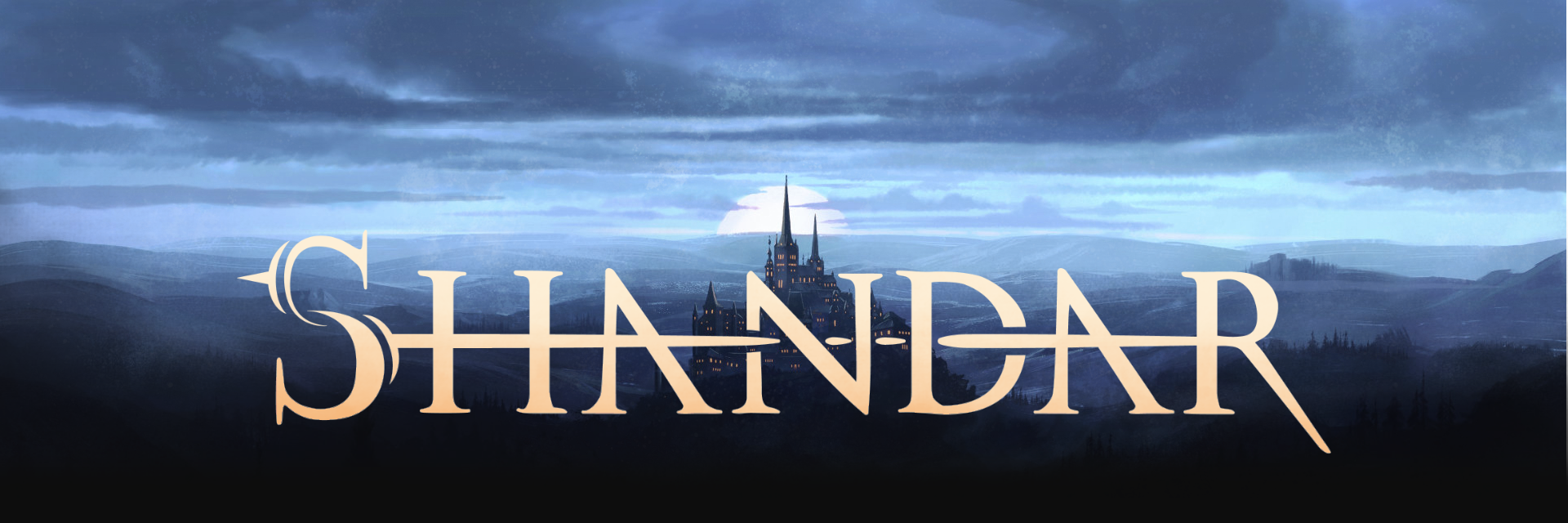Goblins
The Goblins are the most numerous of the Vestiges species. Although currently living peacefully with the other sentient species, sharing their lands and activities, they still carry the stigma of the Hundred Years war, when they were part of the armies of Hrak-Tuzul. Treated with suspicion or even veiled hate, they are trying to clear their collective name and be recognized as a legitimate part of society.
Origins: before Hrak-Tuzul
Very few living creatures have memory of the age before the Hrak-Tuzul invasion, however some libraries still contain the few books and scrolls that survived the war. Some of these narrate how the Goblin species evolved from savage monsters to a tribal based society in the centuries before Hrak-Tuzul invaded the material plane. Although still hostile towards the civilized species, and generally slain on sight by the latter, the Goblins, against all the odds, were starting to carve their path towards a higher purpose in life. Resourceful, nimble, and highly intelligent, they somehow managed to let go of the animalistic instincts that curbed their progress and embraced a more peaceful life, isolated from the rest of the world in some of the less hospitable parts of Shandar. Being forced to deal with nature’s unforgiveness, they developed a keen self-preservation instinct that shaped the way their craft evolved, making them great blacksmiths, engineers, and artificers.The Hundred Years War
When Hrak-Tuzul came from the Unending Planes, they saw the potential in the Goblins species and decided to recruit them. The Goblins, having no love for the other native species of the Material plane, were lured by the lies of Hrak-Tuzul of a world where they would be welcomed, and thus willingly joined their ranks. In a way, even if for an evil and chaotic cause, their service under Hrak-Tuzul served their evolution well. Their already developed affinity to engineering and blacksmithing peaked during war time, their valuable services always needed to fuel the war machine. As the decades passed, however, it was clear that they were practically slaves under the tyrant regime of Hrak-Tuzul. Whenever a group of Goblins started to show any sign of free will or even rebellion, they were quickly silenced. Thus the proud Goblins found themselves in the worst possible situation: they couldn’t hope to be more than highly skilled slaves under their tyrant masters, and they could not escape because of the magical bond that threatened to kill them.The End of The War
When the Hundred Years war finally ended, and Hrak-Tuzul was banished to the Unending Planes, the Goblins finally were set free from their slavers, only to find themselves as prisoners of war, or outcasts. The latter fled to the wild lands, eventually becoming feral and living as their old ancestors used to, with strength and violence as their only way of measuring themselves against the world. The prisoners of war instead were all in all lucky. Some more tolerant rulers of the other species recognizing their crafting and engineering skills, allowed them to work off their war debt. Once paid, they would have been free to do what they wished with their lives. As the years passed, many Goblins started to integrate with society simply for the fact that they spent so much time working for Humans, Elves, Dwarves, and others. They were never really accepted by most of the population though, so they carved their space in ghettos or Goblin-only villages, staying mostly to themselves, and dealing with the other species only when necessary.Present Day
The goblins struggle for acceptance is still part of their daily lives, even after a thousand years from the Banishment. While short lived races tend to be more welcoming towards the goblins, species like the Elves that can live for centuries and are only at their second generation after the war, struggle to accept the presence of Vestiges in society. The stories of their parents that lived those violent days are, after all, still fresh in their minds. Still, one cannot deny the hard work that Goblins put into the betterment of Shandar, having contributed to great advances in science and engineering for the benefit of all the civilized species. Indifference or veiled hostility from other species is not the only problem that the Goblins have to face, however. Wild goblins, the descendants of those who fled in the wild lands, are a constant thorn in the side of travelers and small frontier settlements, and hinder any effort that their civilized cousins make to clear their names of the Hrak-Tuzul stigma. Some Goblins think that the wild ones should just be killed on sight, like any other monster, but others push for more peaceful solutions, hoping one day to be able to bring the wild cousins back to more civilized ways.Goblin Engineering
While definitely not an exclusive to their species, engineering has been part of Goblin's life since before the Hundred Years War. Specialized in military application of science, their inventions included many of the weapons that helped Hrak-Tuzul conquer settlement all around Shandar. Today many of these inventions have been copied by other non-goblin engineers, however Goblins seem to always have an edge when it comes to creating new designs or improving existing ones. For this reason it is not uncommon to find goblin Master Engineers high in the military ranks of the various nations of Shandar.Remove these ads. Join the Worldbuilders Guild


I love your take on goblins. I really like the split between the goblins who were prisoners of war and have become civilised, and the more wild ones that fled.
Thank you! :)